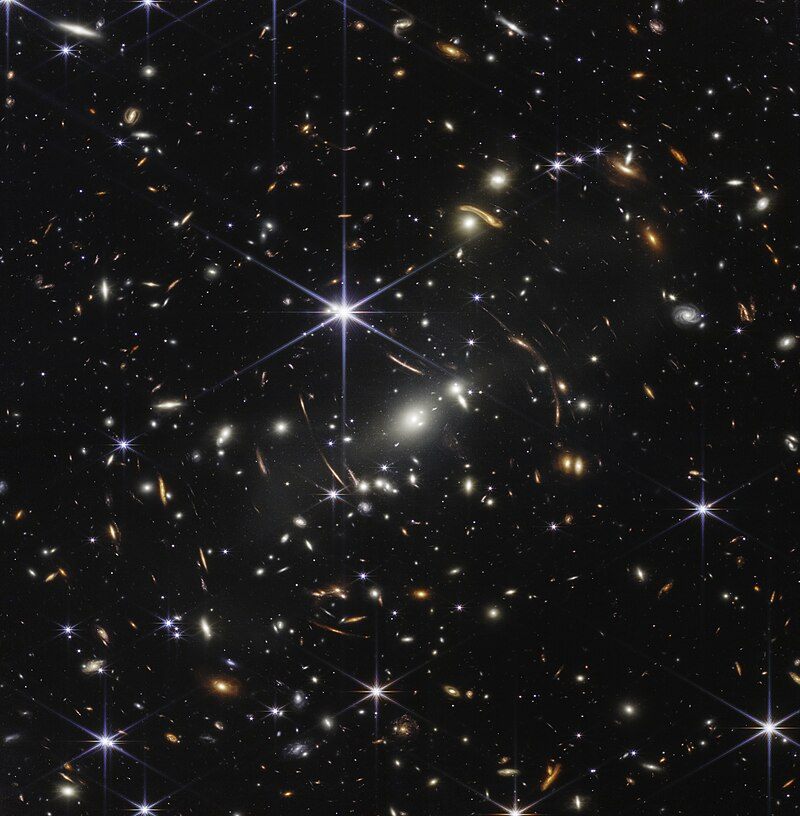
Is it possible that there’s more to the universe than we’ve ever dreamed of, just out of reach of visible light? The James Webb Space Telescope (JWST) record-breaking deep field imagery of the Hubble Ultra Deep Field (HUDF) isn’t just rewriting the cosmic census, but also defying long-standing assumptions regarding galaxy evolution, dark matter, and the earliest periods of star formation.
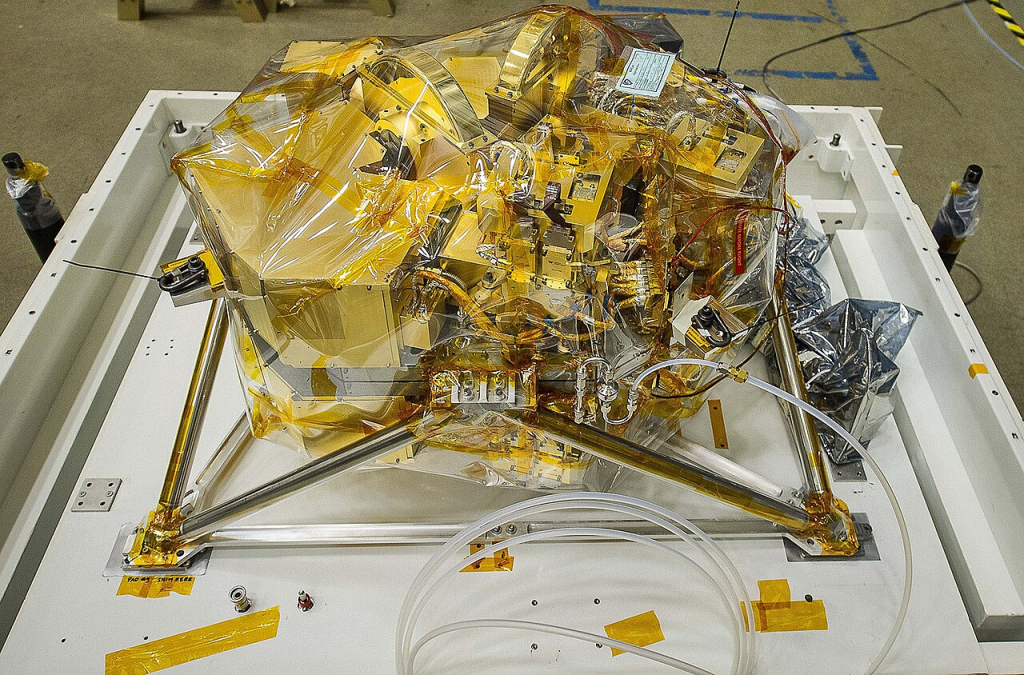
The Hubble Ultra Deep Field, first imaged between 2003 and 2004, was a revelation a tapestry of nearly 10,000 galaxies, some glimmering from when the universe was a mere 800 million years young. But even this classic vista was truncated by the distance that optical and near-infrared wavelengths can travel. Now, JWST’s 100-hour integration, harnessing the synergy of its Mid-Infrared Instrument (MIRI) and Near-Infrared Camera (NIRCam), has probed deeper, revealing a universe filled with galaxies and cosmic structures never before seen.
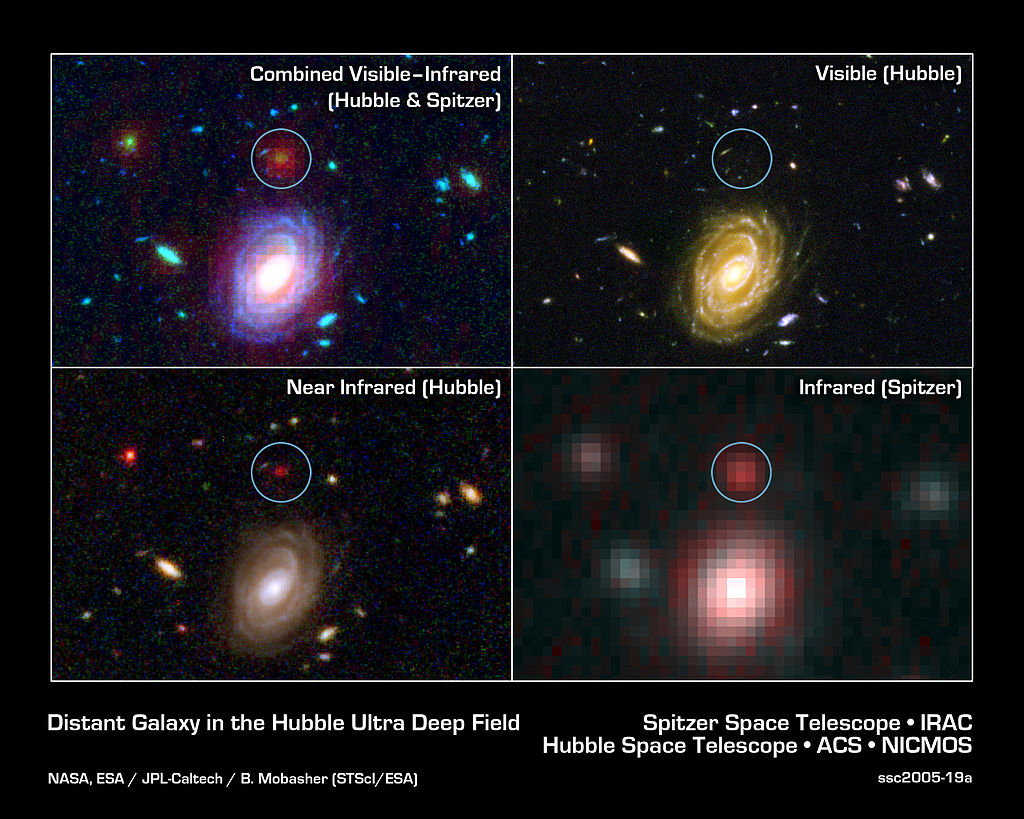
1. Extending the Frontiers of Deep Field Imagery
JWST’s recent mission in the HUDF, on behalf of the MIRI Deep Imaging Survey (MIDIS), represents the longest and deepest single-filter extragalactic observation ever conducted by JWST. The MIRI F560W filter, with an on-source integration time of more than 41 hours, achieved a 5σ point source limit of 28.65 AB mag (12.6 nJy), by 0.35 mag better than preflight estimates and by a substantial margin better than even Spitzer’s deepest mid-infrared imaging. As reported by the MIDIS team, “Over the deepest part of our image, the 5σ point source limit is 28.65 mag AB (12.6 nJy), ∼0.35 mag better than predicted by the JWST exposure time calculator” deepest part of our image.

2. The Power of Infrared Synergy: MIRI and NIRCam
JWST’s dual-instrument strategy, leveraging the sensitivity of MIRI at wavelengths longer than 5 μm and the acuteness of NIRCam up to 5 μm, has uncovered a population of galaxies inaccessible to Hubble. By combining these data sets, astronomers have found more than 2,500 sources in a very small region of sky, including hundreds of extremely red galaxies. Several of them are either dust-shrouded starbursts or very evolved systems with mature stellar populations. The color coding in the composite images orange and red for the longest mid-infrared wavelengths, greenish-white for high-redshift objects, and blue/cyan for near-infrared-bright galaxies allows for fine discrimination between galaxy types and evolutionary stages color coding in the composite images.
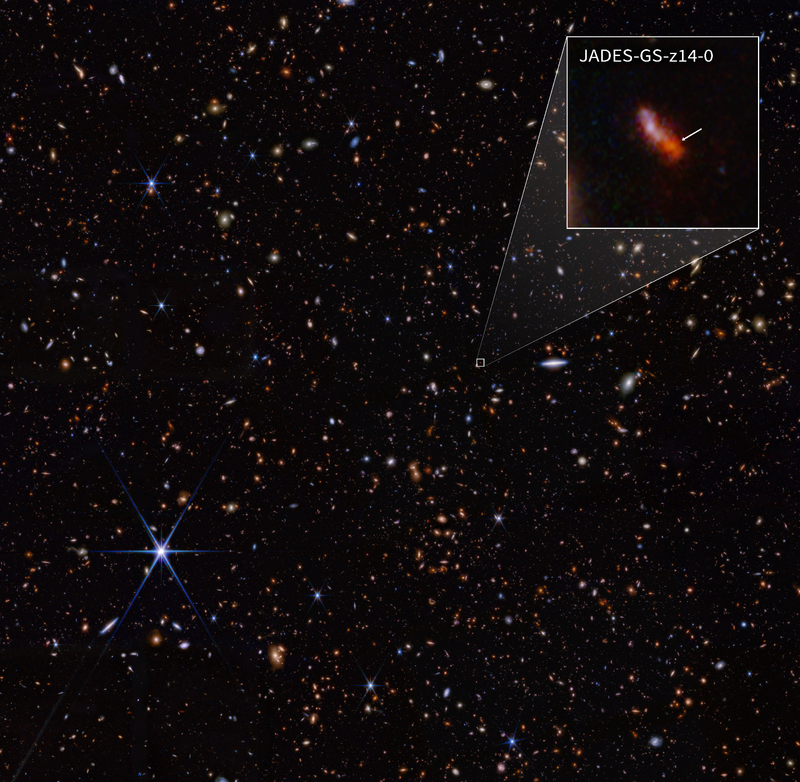
3. Unveiling Dust-Obscured and High-Redshift Galaxies
One of the most striking discoveries are galaxies that are so obscured in dust that starlight is nearly completely scattered at shorter wavelengths. “Among them are hundreds of highly red galaxies some of which are most probably massive, dust-hidden systems or evolved galaxies with mature stars that began forming early in the history of the Universe,” JWST astronomers explained. The mid-infrared regime is less susceptible to dust extinction, so MIRI is crucial in detecting such hidden populations. The survey also revealed galaxies at redshifts far in excess of 10, such as candidates JADES-GS-z14-0 at z = 14.3, whose 7.7 μm detection places vital constraints on the formation of early galaxies and the assembly of stellar mass less than 300 million years after the Big Bang JADES-GS-z14-0 at z = 14.3.

4. Technical Mastery: Source Extraction and Photometric Redshifts
Reliable photometry from deep, crowded fields requires advanced methods. MIDIS used a combination of model fitting (with software such as ForcePho and GALFIT) and PSF matching to separate blended sources, most essential in distinguishing between faint high-redshift sources and foreground contaminants. Photometric redshifts were measured using fitting of spectral energy distributions (SEDs) over the entire set of NIRCam and MIRI filters, with systematic color calibration errors minimized to ~0.04 mag with methods of galaxy locus recalibration methods galaxy locus recalibration methods. With these developments, galaxies can be confidently detected up to z ≈ 14 and beyond.
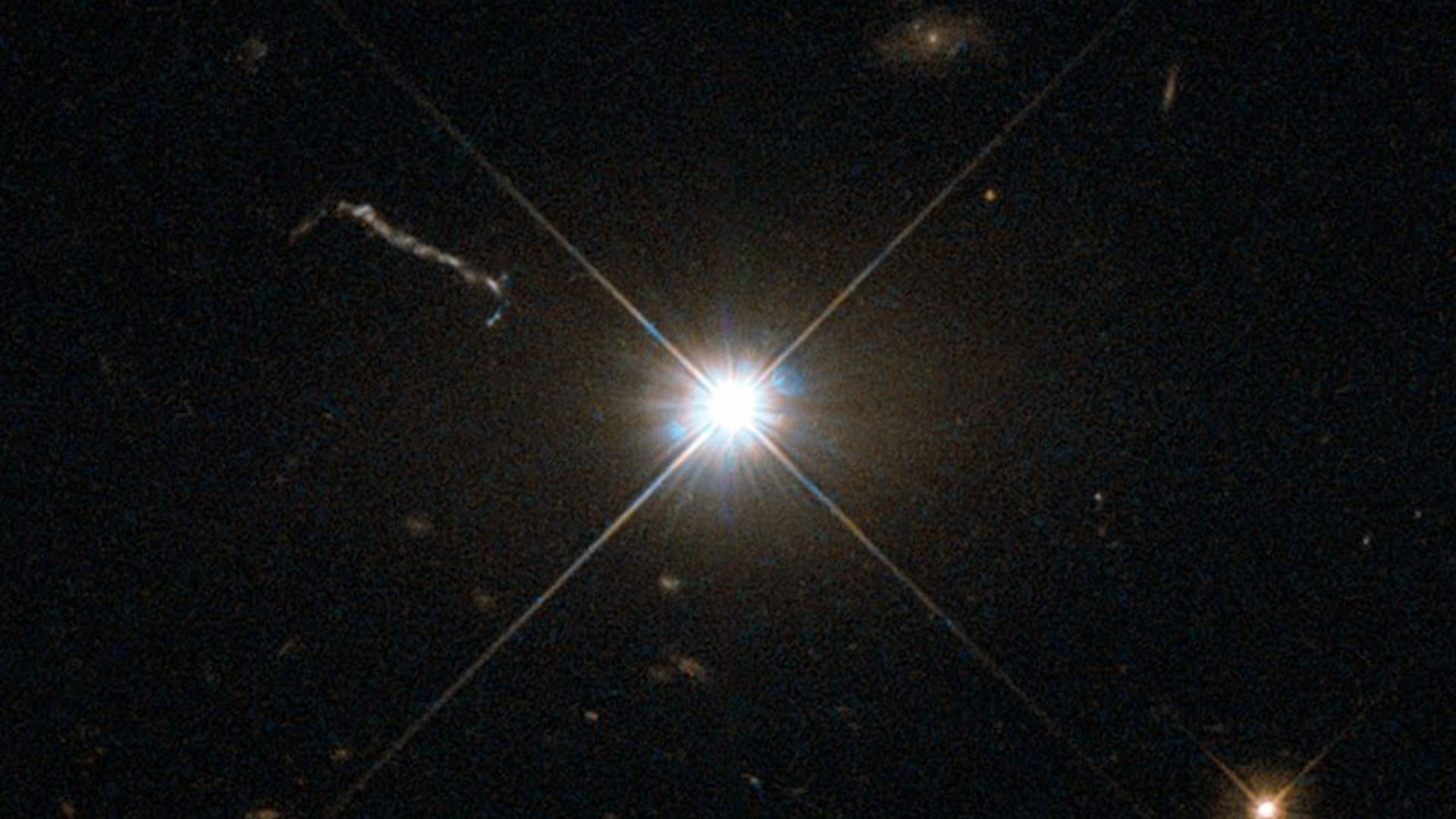
5. Probing Galaxy Evolution and AGN Activity
The record depth and wavelength coverage of JWST’s imaging are revolutionizing our views of galaxy assembly. Resolving the structure and light distribution of distant galaxies, astronomers can now directly measure stellar mass profiles, star formation rates, and the existence of AGN at early epochs. Thanks to Webb’s high resolution, even at mid-infrared wavelengths, scientists are able to resolve the structures of many of these galaxies and examine how their light is distributed, giving insight into their growth and evolution, the MIDIS team stressed. Detection of strong nebular emission lines in the mid-infrared like [O III] and Hα also allows direct measurement of star formation activity and metal enrichment in the first galaxies strong nebular emission lines in the mid-infrared.
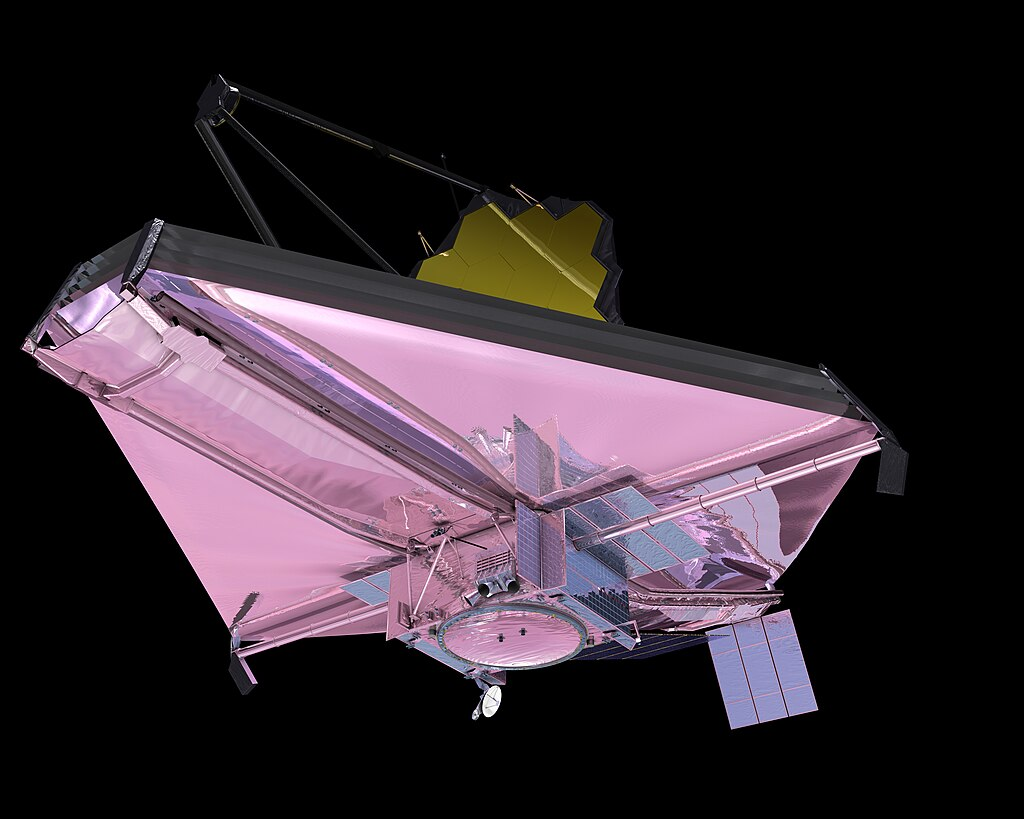
6. Lighting up the Dark Universe: Dark Matter and Dark Energy
Deep field infrared imaging is also refining the techniques for exploring the universe’s most elusive constituents. The ΛCDM scenario, where the universe is dominated by dark matter and dark energy, is being pushed to new limits. The ability of JWST to trace the spatial distribution and clustering of galaxies over cosmic time yields new constraints on the evolution of the large-scale structure, the effects of dark matter halos, and the potential signatures of dark energy. As noted in recent analyses, “JWST has imaged all sorts of different classes of object in space… Many of these images include not just photometric data, but spectroscopic data as well: where the infrared light is broken up into its individual component wavelengths” JWST has imaged all sorts of different classes of object. These data are being employed to set the strongest-ever limits on light dark matter candidates, with no yet-detected evidence for excess infrared photons from annihilation or decay of dark matter.
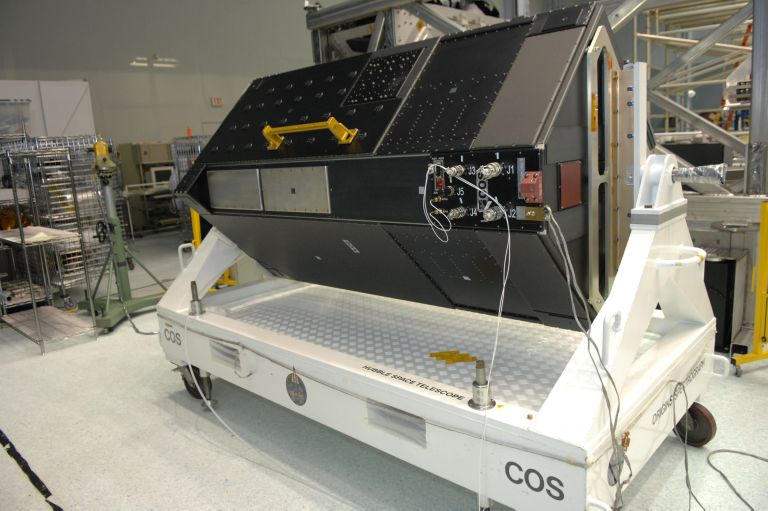
7. The Future: Redefining Cosmic Origins
The new findings flowing from JWST’s deep field observations are already compelling a rethinking of galaxy formation models. The observation of unusually luminous, massive galaxies at high redshift implies that black hole growth and star formation were potentially much more efficient in the early universe than currently assumed. Some theoreticians are considering the possibility of “early dark energy” or altered feedback processes to explain these observations. As the MIDIS team concludes, “We find ∼2500 sources, the overwhelming majority of which are distant galaxies… More than 1000 galaxies have reliable photometric redshift estimates, of which ∼25 are at 6 < z < 12” overwhelming majority of which are distant galaxies.
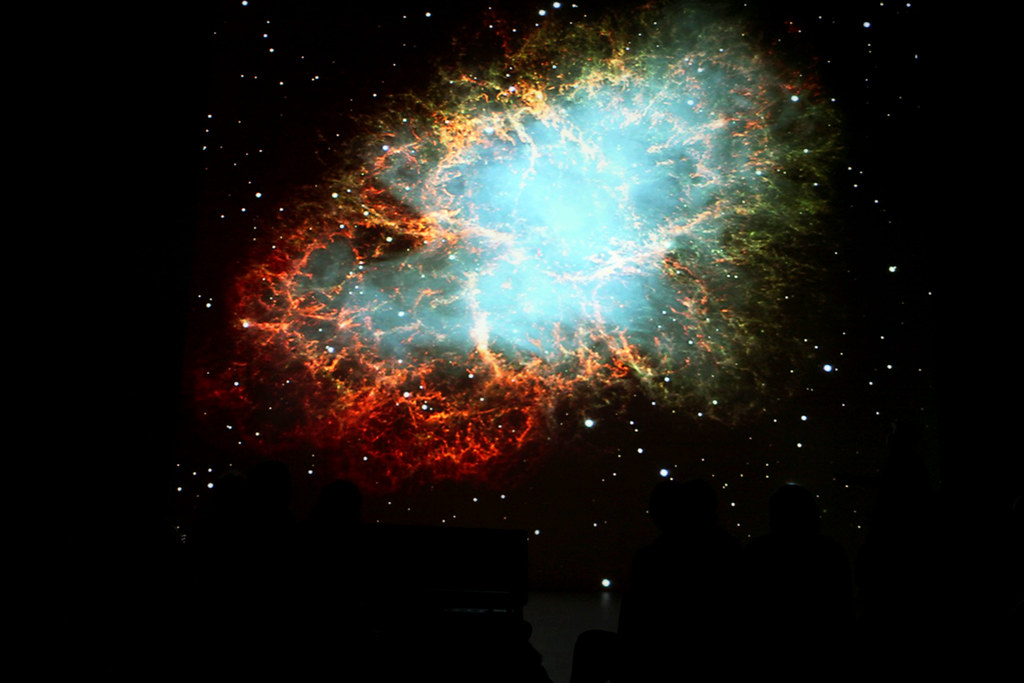
With JWST set to carry on its task for decades to come, every fresh deep field holds the promise to unveil another layer of cosmic history, laying open the universe’s secret structure and the events that formed it.


